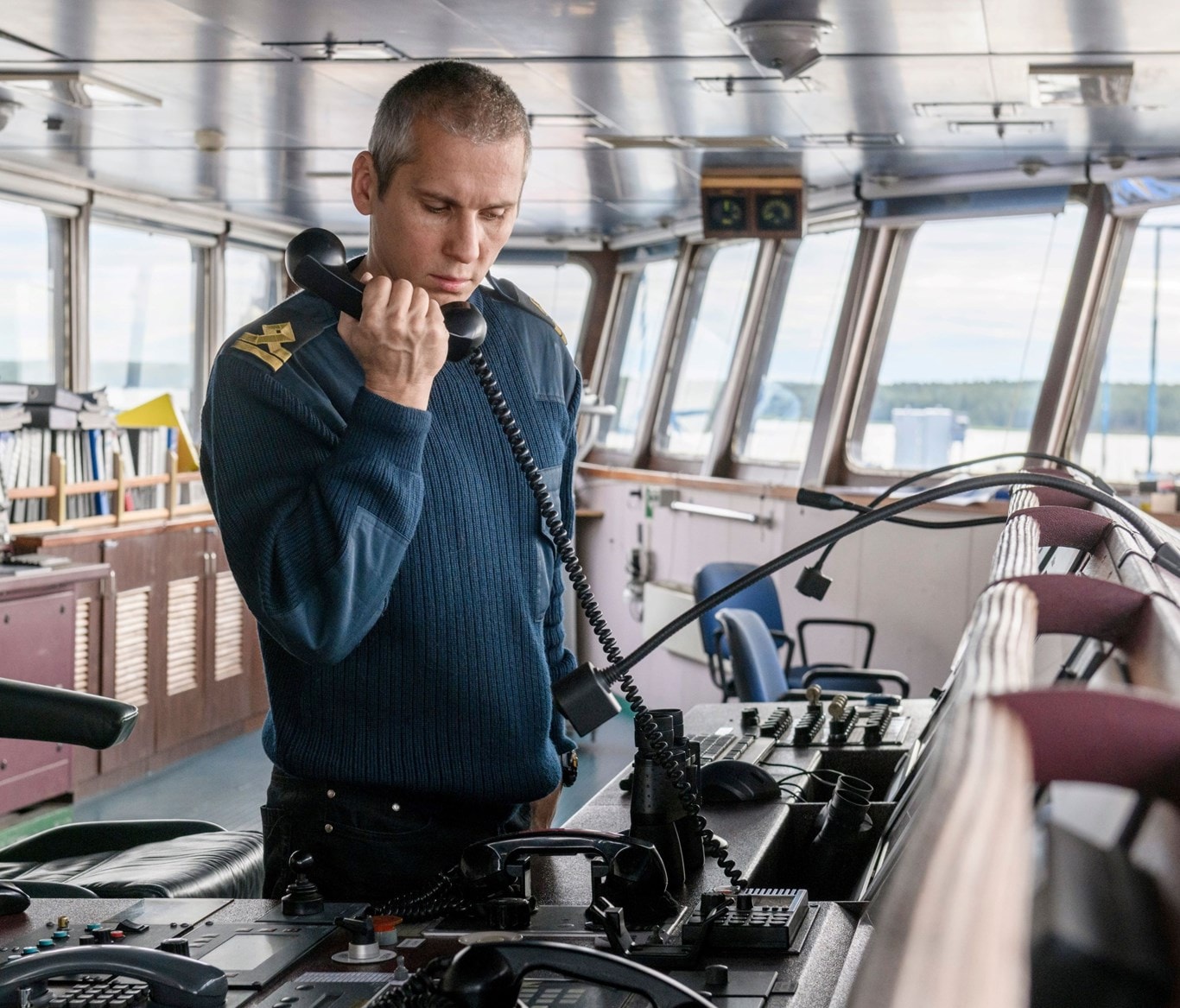China - Shandong MSA Revises Rules for the VTMS for Rizhao and Lanshan Ports
Shandong MSA has published the revised rules for supervising and administering the Vessel Traffic Management System (VTMS) at Rizhao Port and Lanshan Port in China. The new rules aim to strengthen vessel traffic management and ensure safe and efficient navigation in the port areas and approaches. The amendments will come into force on 01 May 2023.
A PRC P&I correspondent, Shanghai P&I Services Ltd, has produced Circular No.: SPI230401 of 19 April 2023, on their interpretation of the changes made by Shandong MSA.
The scope of application for these rules includes vessels and facilities operating within the VTMS area of the Rizhao Maritime Safety Administration (MSA). In addition, the rules apply to foreign flag vessels, Chinese flag vessels with a gross tonnage of 500 or above, passenger ships over 50m, vessels carrying dangerous cargo, vessels with limited manoeuvrability, and vessels engaged in receiving pollutants such as sewage and oily sludge.
The Rizhao MSA is the competent authority implementing these rules, and the Vessel Traffic Management Centre (VTMC) of Rizhao MSA is responsible for vessel traffic management and providing vessel traffic services under these rules. The Rizhao VTMC has two VTMS service areas, namely Rizhao Port and Lanshan Port, defined by specific water areas.
For communication channels, vessels operating in the VTMS of Rizhao Port should call the VTMC on Very High Frequency (VHF) CH14, whilst vessels in the VTMS of Lanshan Port should call on VHF CH09. The language for communication is Mandarin and English, and these channels will be monitored 24 hours a day by the VTMC. Furthermore, the designated VHF working channels must be monitored by vessels during navigation, anchoring, and operation to ensure smooth communication.

Vessels must report at the designated reporting lines, which for Rizhao Port consists of lines connecting six points, and for Lanshan Port consists of lines connecting eight points. The types of reports vessels must make in these areas include entry, arrival, moving, departure, final, activities, emergency, and abnormal reports. In addition, the vessel must make each report at a specific time or when a particular situation arises.
The following is an outline of the revised rules and regulations for vessels navigating, berthing, and operating in the VTMS of Rizhao MSA:
- Vessels cannot anchor in prohibited areas but can do so in an emergency and must report this immediately.
- Passenger ships' maximum speed is restricted to 15 knots, and other vessels' maximum speed limit is 12 knots.
- Testing and calibration activities are prohibited in navigating channels, harbour basins, and adjacent waters.
- Vessels need permission to overtake and turn in the harbour basin and crossing channel, and anchorage must be avoided.
- Vessels entering or leaving the harbour basin cannot meet at the breakwater entrance.
- Vessels cannot enter, leave the port, or shift berth during specific circumstances that may affect navigational safety.
- Special vessels, including VLCC and LNG carriers, must comply with relevant safety conditions for inbound and outbound navigation.
- Vessels outside the waters controlled by the Rizhao MSA should pay attention to maritime safety information issued by the maritime administrative authorities.
- Vessels must carry out self-inspection before port arrival following the relevant requirements of Rizhao MSA.
- Vessels are to use published routes for entering and leaving ports and stay away from the anchoring area of vessels and the concentrated operation waters of fishing boats.
- Vessels must anchor in the designated anchorage areas and avoid anchoring in prohibited waters.
- Vessels must abide by relevant navigation rules, display the required day and night signals, maintain sufficient under-keel clearance, and not endanger other ships and maritime facilities while anchoring in the waters outside the ports.
Two sensitive navigable water areas are designated near Rizhao Port and Lanshan Port. The first type is a marine dumping area, consisting of four points and two circular areas with specific coordinates and radii. The second type is an aquaculture area, which can be found in the water area of the ports and the adjacent sea areas. The location of the aquaculture areas may change depending on the season, and many fishing boats operate in these areas.
Implementing the new rules by the Shandong MSA is likely to significantly improve the safety and efficiency of vessel traffic at Rizhao Port and Lanshan Port and minimise vessel transit incidents through the clear designation of sensitive navigable water areas.
When the vessel's voyage planning officer is producing their passage plan, they must follow the amendments made by Shandong MSA. Furthermore, irrespective of these amendments, full compliance with the International Regulations for Preventing Collisions at Sea (COLREGS) 1972 must be adhered to throughout the passage, with due regard to the numerous fishing vessels and fishing nets they can encounter within the Rizhao MSA waters.
Members requiring further guidance should contact the Loss Prevention Department.